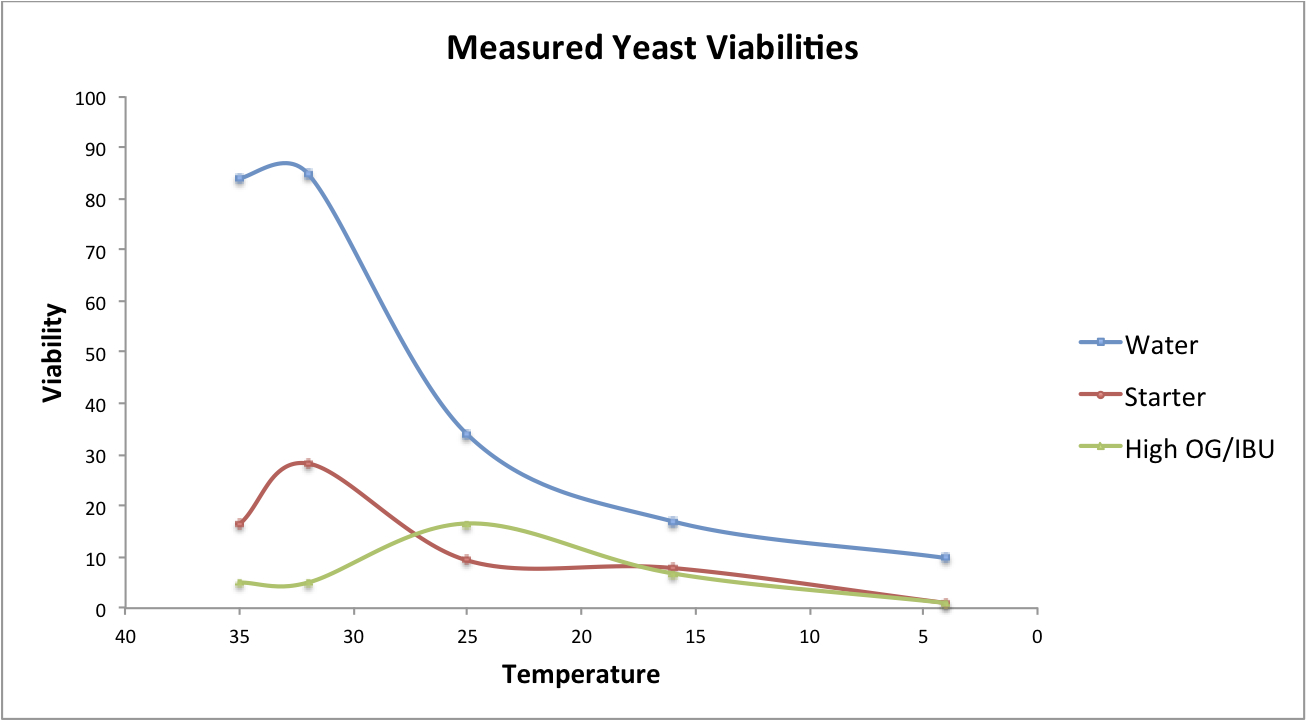Thanks all of you for brewing and CPR advice.
I started my Block Party Amber brew yesterday morning at 6:30.
I boiled two gallons of water in my wife's soup pot, and set it aside to cool. I then started to heat 2.5 gals of water in the cheap 5 gal. brewpot I bought at the only store in town that sells any brewing equipment. (I realized I needed it a week ago, after I checked the capacity of the soup pot.) After the water had warmed a bit, I hung the muslin bag of grains in it for 20 minutes, checking the temperature to make sure it didn't go above 170. The temp only reached about 110F by the end of the 20 minutes; the water was a dark brown. I removed the bag of grain, letting it drain excess liquid back into the pot. I brought the liquid to a rolling boil, took it off the heat, and added the LME. (I used my stir spoon to ladle some of the wort back into the plastic container to melt the LME that had not run out easily. Do you think this was a good idea?) Brought the wort back to a boil and added the hops, moving fast to remove the kettle from the heat again to avoid a boil-over when the hops went in! Boiled for 60 minutes, then cooled the wort to 80F in a sink of icewater, which took longer than I thought it would.
I poured the two gallons of boiled water in the carboy, making as big a splash as I could for aeration, then added the wort.
I then had a dilemma; I needed another gallon of water to bring the carboy to five gallons. I had only boiled two. (Bad planning!) I had the choice of either waiting while I boiled and cooled a gallon, or using tap water directly from the tap. I panicked, thinking that time was of the essence at this point, and opted to draw a gallon of water from the kitchen tap. I figured if there were any bugs in the faucet, surely they'd been washed out by the hot and cold water I'd run through it during the morning. I fogot all about the possibility of chlorine spoiling the brew.
At 11:30, the stick-on thermometer attached to the carboy was reading approximately 64 degrees. I checked the OG, and got a reading of approximately 1.044. A fine layer of bubbles from the Star San in my wine thief and in the test tube I was using made it hard to get a precise reading. (I went ahead and poured the test liquid back into the carboy, since all the equipment had been sanitized. Was this a bad idea?)
After taking OG, I sprinkled the yeast on top of the wort. Actually, since I was dropping it into a glass carboy, it formed a small island. But it almost immediately began to disseminate, and was gone in about 15 minutes. By 5PM it was giving off CO2. This morning it is bubbling like crazy.
I did attach the carboy heater, setting it for 63 degrees, and that's the temperature of the wort this morning. We had a cold snap (for Coos Bay), and my basement dropped down to 58 degrees last night, so I figured better safe than sorry. (So much for my tale of a basement with a year-round temp of 60!)
I then began to wonder about the flourescent light fixtures in my basement, and did a quick search of this site. Yikes! So I found a black t-shirt in my closet, and my carboy is now well dressed for a night at the bar.
As per the advice of RM-MN when on another thread, I'll boost the temperature to around 70 during the final days of the ferment "so that the yeast will clean up byproducts." Does that sound right to the rest of you?
Sorry to be so long-winded. Please feel free to call me a fathead if you see that I'm making any errors in my process. I obviously need all the help I can get!






